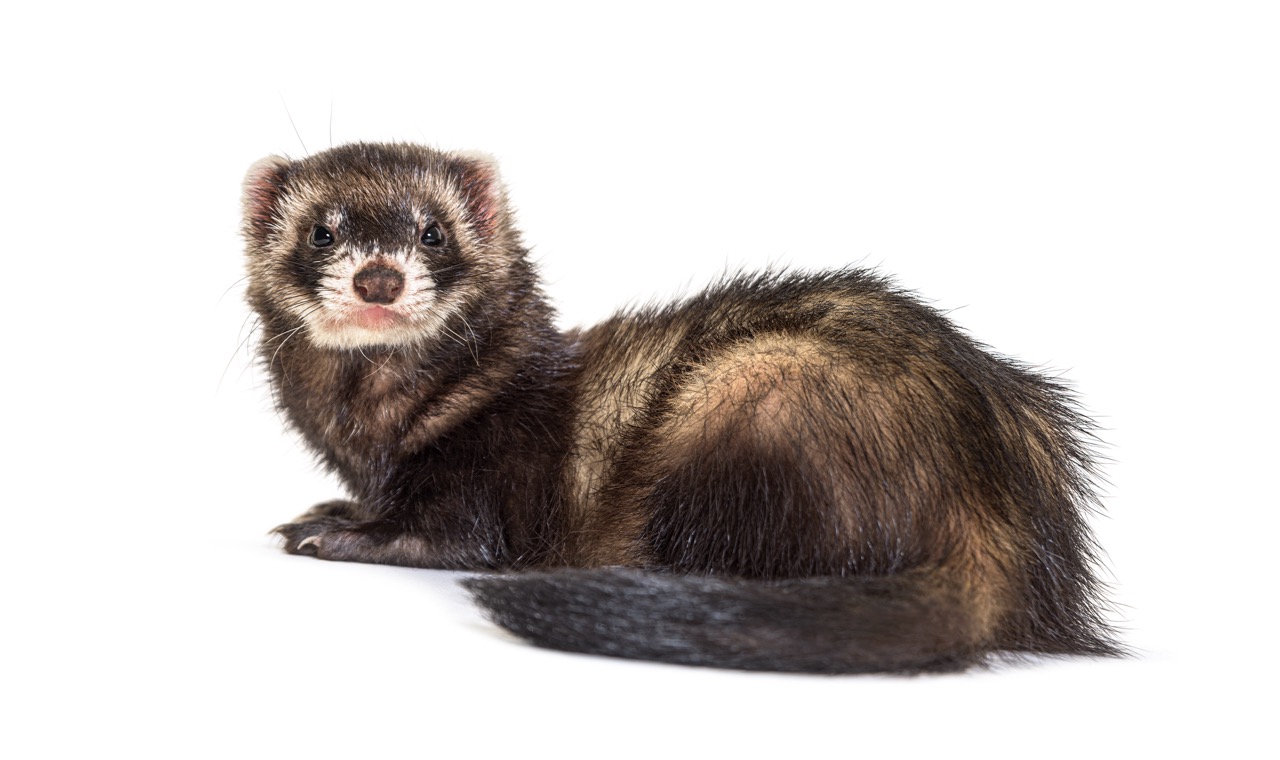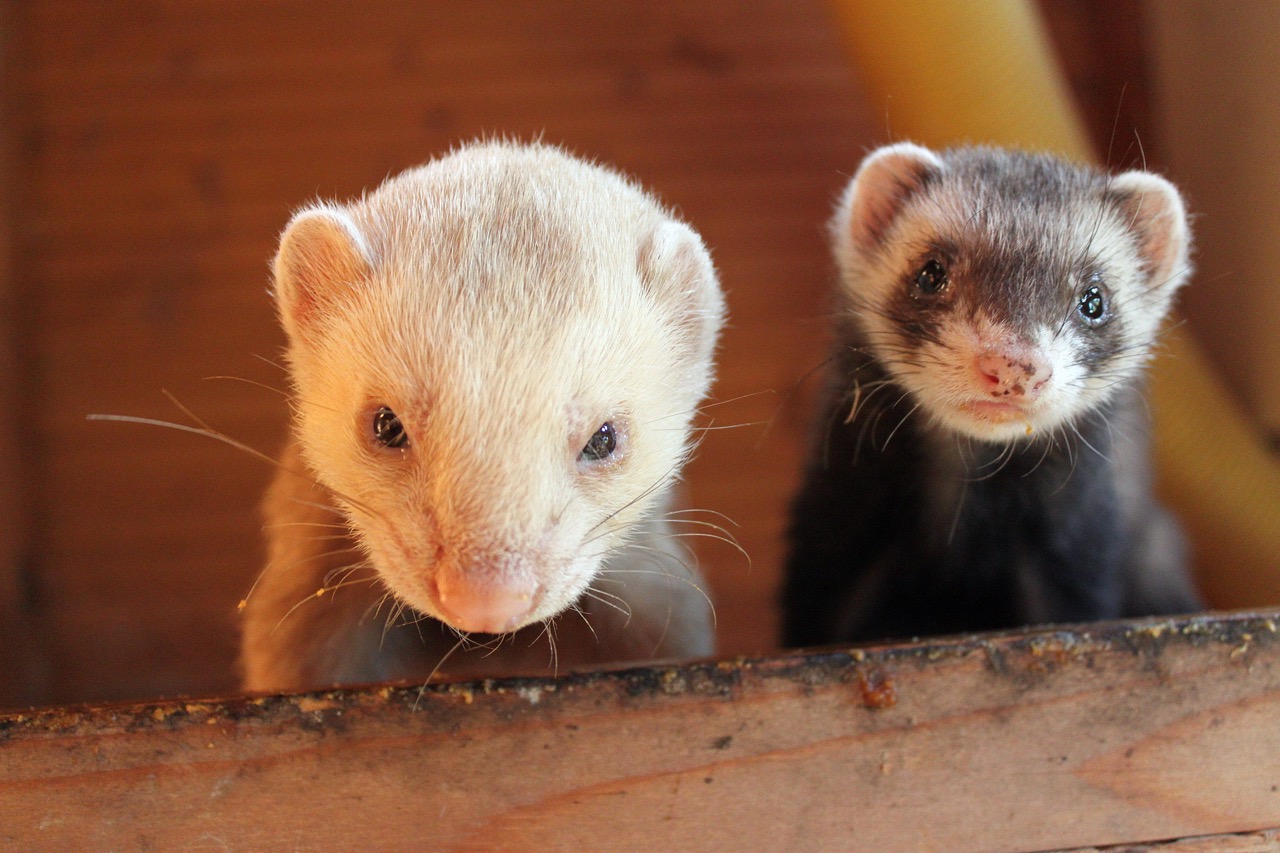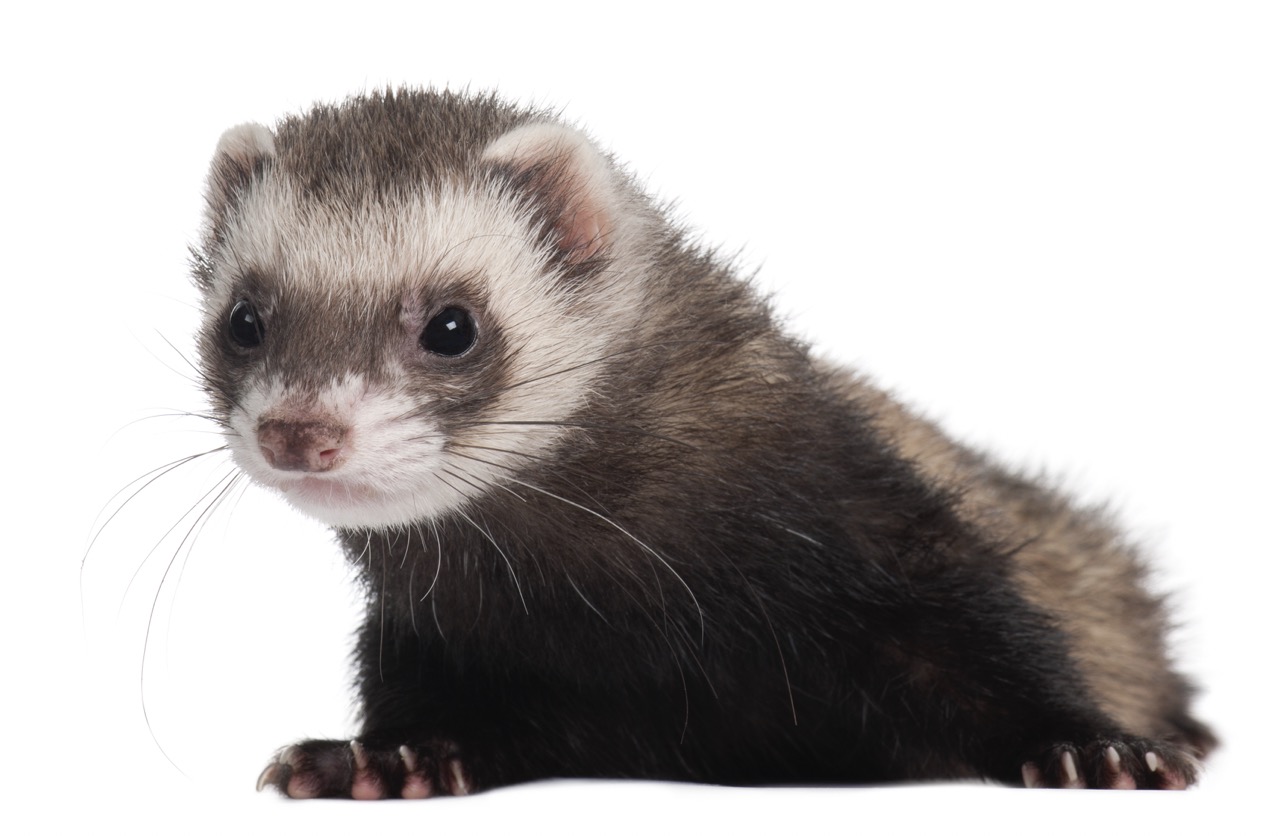Understanding the biology of ferrets is essential for pet owners and enthusiasts alike. These domesticated companions, known for their playful nature, also undergo significant biological changes throughout the year, particularly concerning their fur. Shedding is a natural process in ferrets, influenced by various environmental and physiological factors. This article delves into the biology of ferrets, exploring seasonal shedding, the underlying physiological mechanisms, and effective care strategies to manage this natural phenomenon.
Understanding Ferret Biology: An Overview of Shedding
Ferrets (Mustela putorius furo) are small mammals belonging to the weasel family, with a unique biology that impacts their fur and shedding cycles. Their fur serves essential functions, including insulation and protection against environmental factors. Unlike some animals that shed fur continuously, ferrets exhibit seasonal shedding patterns, which are largely regulated by their biology and external stimuli. Understanding their fur characteristics is key to recognizing the significance of shedding in ferrets.
In ferrets, fur is composed of two primary layers: the undercoat, which is soft and fluffy, and the guard hairs, which are longer and coarser. The undercoat provides insulation, while the guard hairs protect against moisture and dirt. During shedding seasons, ferrets lose the old fur to make way for new growth, a process that can be both beneficial and challenging for pet owners. Shedding is typically more pronounced during seasonal transitions, which is an important factor for ferret health and comfort.
The frequency and extent of shedding can vary between individual ferrets, influenced by factors such as age, diet, and overall health. Young ferrets may experience more frequent shedding as their bodies adapt and grow, while older ferrets may shed less as their metabolic processes slow. Recognizing the biological basis for shedding can help ferret owners prepare for and manage the changes in their pets’ fur throughout the year.
Seasonal Changes in Ferret Fur: Triggers and Effects
Seasonal changes in ferret fur are primarily linked to daylight hours, temperature fluctuations, and hormonal changes. As days lengthen during spring and summer, ferrets typically grow a thicker coat to protect against heat, while in the fall and winter, they may shed their coats in preparation for a warmer, insulating underlayer. These seasonal adjustments are evolutionary adaptations that help ferrets effectively manage their body temperature and maintain comfort throughout the year.
The transition between seasons is often marked by increased shedding, which can result in visible clumps of fur around the living space. Pet owners may notice more fur on furniture, floors, and clothing during these periods. However, while shedding is a normal occurrence, excessive or irregular shedding can be indicative of underlying health issues, stress, or environmental factors. Monitoring the quantity and quality of shed fur can provide insights into a ferret’s overall health and well-being.
In addition to the physical changes in fur, seasonal shedding can also affect ferrets’ behavior. They may become more active or restless as they prepare for the warmer months, while in colder seasons, they may exhibit a desire to burrow and seek warmth. Understanding the triggers and effects of seasonal shedding can help ferret owners create a supportive environment that meets their pets’ needs during these transitions.
The Physiological Mechanisms Behind Shedding in Ferrets
The physiological mechanisms underlying shedding in ferrets are primarily governed by the endocrine system, which regulates hormone levels in response to environmental cues. Melatonin, a hormone produced in response to changes in light exposure, plays a crucial role in initiating the hair growth cycle. As daylight hours decrease, melatonin levels rise, prompting ferrets to prepare for shedding their old fur in favor of new growth.
Follicular activity also influences the shedding process. Hair follicles have different growth phases: anagen (growth), catagen (transition), and telogen (resting). During the telogen phase, which can be triggered by seasonal changes, old hairs are shed to make room for new ones. This cycle is essential for maintaining healthy fur and ensuring that ferrets are adequately insulated against temperature changes throughout the year.
Additionally, nutritional factors are vital in supporting the shedding process. A balanced diet rich in essential fatty acids, proteins, and vitamins can enhance the quality of fur and support the natural shedding cycle. Adequate hydration and proper care are also crucial in promoting healthy skin and fur, allowing ferrets to transition seamlessly between shedding cycles.
Managing Shedding: Care Strategies for Ferret Owners
Managing shedding in ferrets requires proactive care strategies to minimize the impact of fur loss on both the pets and their living environment. Regular grooming is one of the most effective ways to manage shedding. Using a gentle brush can help remove loose fur, reduce allergens, and keep the coat healthy by distributing natural oils. Grooming sessions can also provide an opportunity to check for any skin issues or abnormalities that may require veterinary attention.
In addition to grooming, maintaining a consistent diet is essential for supporting healthy fur. Ferret owners should ensure their pets receive a high-quality diet tailored to their nutritional needs, which typically includes animal-based proteins and fat sources. Supplements containing omega fatty acids can also promote a healthy coat and skin, reducing the likelihood of excessive shedding. Monitoring their ferret’s water intake is equally important, as hydration can impact skin health and overall shedding patterns.
Finally, creating a comfortable living environment can also help manage shedding. Providing a temperature-controlled space and minimizing stressors can contribute to a more stable shedding pattern. Reducing exposure to extreme temperatures, ensuring proper ventilation, and engaging ferrets in stimulating activities can help alleviate stress-related shedding. This holistic approach to care will ultimately support the ferret’s well-being and enhance the bond between pet and owner.
In conclusion, understanding the role of ferret biology in seasonal shedding is crucial for any ferret owner. By grasping the underlying mechanisms, recognizing seasonal changes, and adopting effective care strategies, pet owners can better manage their ferrets’ shedding while ensuring their health and comfort. This knowledge allows for a harmonious coexistence with these playful companions, making the experience of ferret ownership rewarding and fulfilling.










